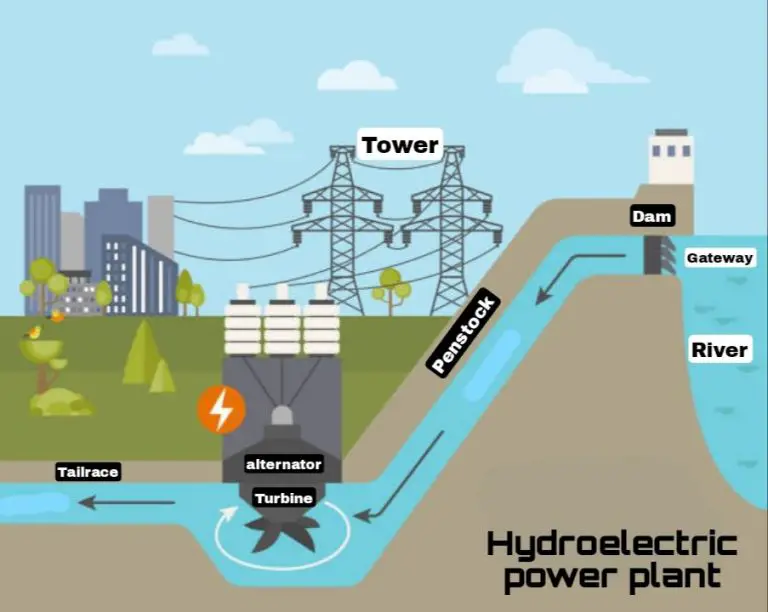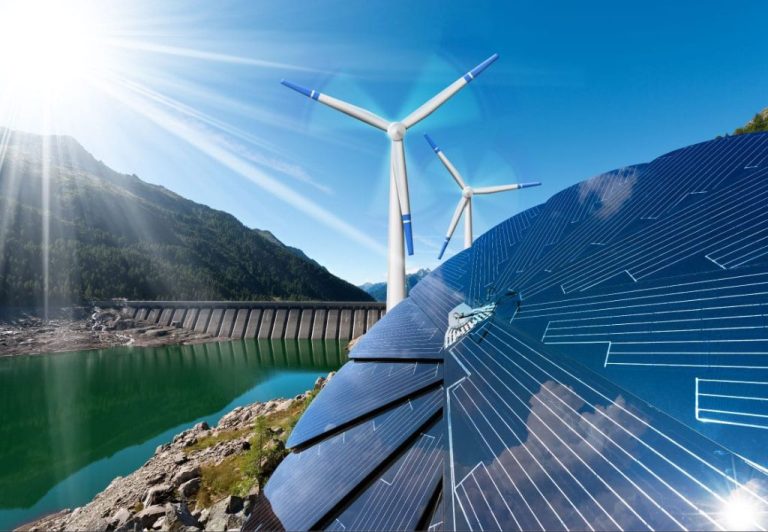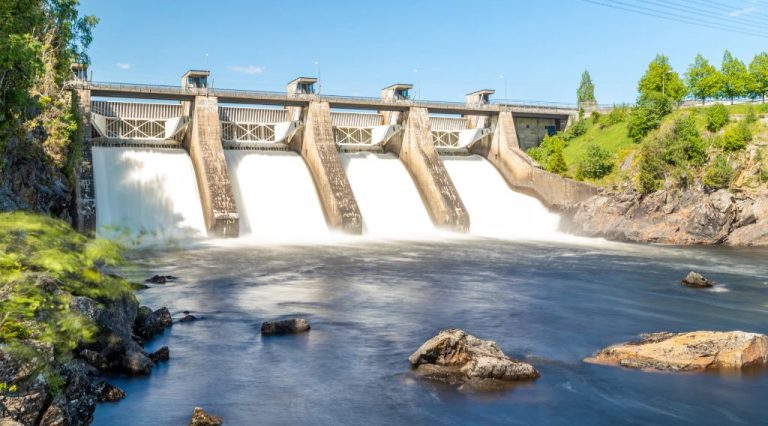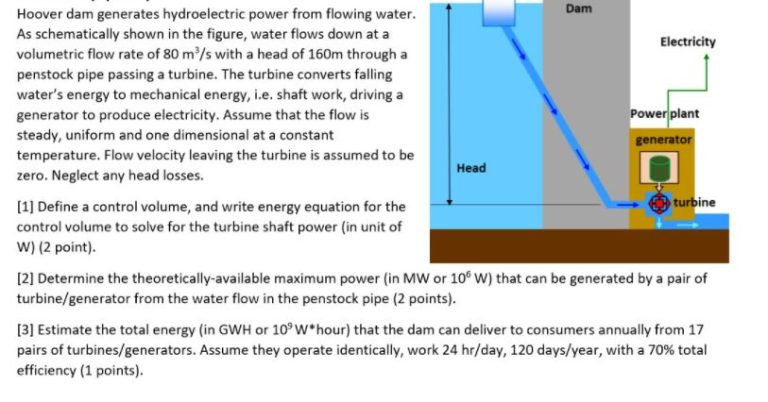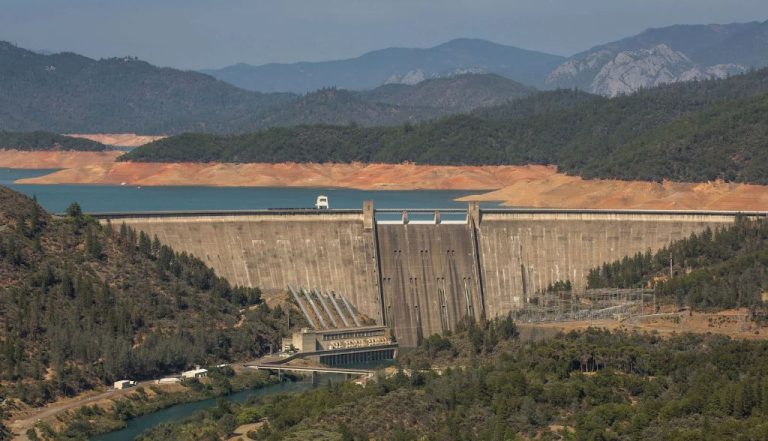What Are 5 Advantages Of Hydropower?
Clean & Renewable
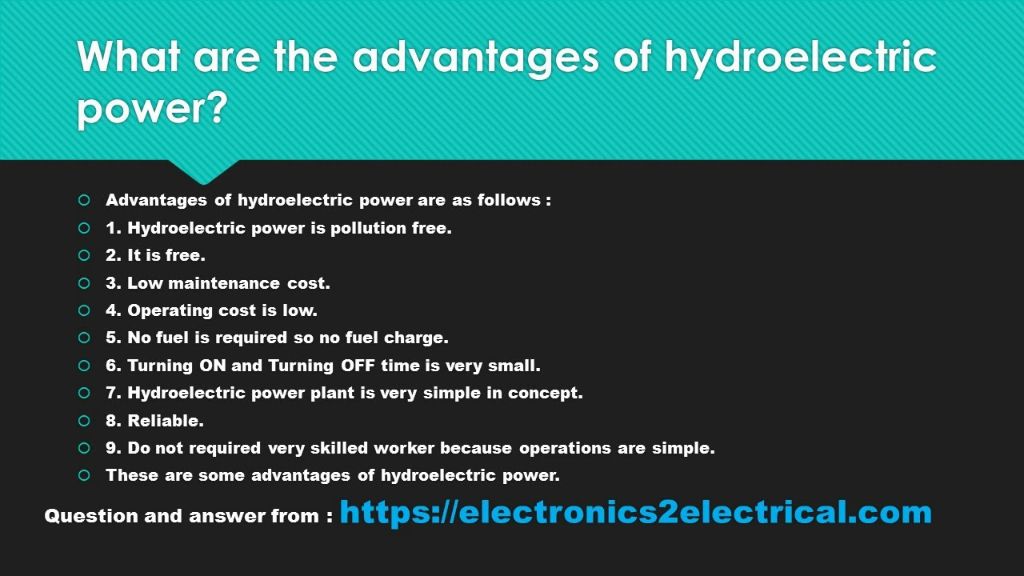
One of the main advantages of hydropower is that it is a renewable source of energy. Unlike fossil fuels which are finite, the energy generated through hydropower relies on the water cycle driven by the sun. As long as there is water on the planet, we will be able to harness the kinetic energy of flowing water to generate electricity through hydropower (1). The water cycle ensures an endless supply of rainfall to replenish rivers and streams used for hydroelectric power generation. The sun powers the water cycle through evaporation and precipitation, meaning hydropower ultimately relies on solar energy. This makes hydropower a clean and renewable source of electricity (2).
(1) https://www.energy.gov/eere/water/benefits-hydropower
(2) https://www.usgs.gov/special-topics/water-science-school/science/hydroelectric-power-advantages-production-and-usage
Reliable & Flexible Power
One key advantage of hydropower is that it can generate power on demand by controlling water flow, making it a reliable and flexible source of electricity. Hydropower plants can quickly go from zero power to maximum output, allowing them to easily meet spikes in demand (Benefits of Hydropower). This flexibilty helps electricity systems adjust to shifts in demand and compensate for fluctuations in supply from other renewable sources like wind and solar power. A 2021 report from the International Energy Agency states that hydropower “brings valuable scale and flexibility to help electricity systems adjust quickly to shifts in demand and to compensate for fluctuations in variable renewable generation” (Hydropower has a crucial role in accelerating clean energy transitions to achieve countriesâ€TM climate ambitions securely).
Low Operating Costs
Once hydropower plants are built, they have relatively low operating costs compared to other types of power plants. Unlike fossil fuel plants, hydropower plants don’t require fuel to be burned to generate electricity. The primary costs after construction are maintenance and repairs of the infrastructure like the dam, reservoir, and turbines.
According to the U.S. Department of Energy, hydropower is the most affordable source of electricity in the country, costing less than fossil fuels, nuclear, and other renewable sources like wind and solar power on average (Source). In 2018, hydroelectricity remained the cheapest source of electricity globally, with an average cost of $0.05 per kWh according to a report by the International Renewable Energy Agency (Source).
Because hydropower plants don’t consume fuel, they are immune to fluctuations in fossil fuel prices, providing long-term price stability. Their operating costs represent only a small percentage of the total cost of producing electricity.
Long Lifespan
One of the key advantages of hydropower is the long lifespan of the facilities. The average lifespan of a hydropower plant is 50-100 years, significantly longer than most other energy sources like fossil fuels or solar panels which may operate for only 20-30 years (https://www.hydroreview.com/technology-and-equipment/eight-om-steps-to-extend-the-longevity-of-hydropower-plants/). With regular maintenance and upgrades, hydroelectric dams can continue producing renewable power for many decades. For example, the large Hoover Dam in the southwestern United States has been in operation since 1936 and continues to generate an average of 4 billion kilowatt-hours of electricity each year (https://www.in.gov/oed/about-oed/newsroom/fact-sheets/fuel-facts-hydroelectric-power/). The long lifespan of hydropower facilities compared to other power plants is a major advantage, providing reliable and stable renewable energy production over many generations.
Energy Storage
One of the advantages of hydropower is its ability to store energy via pumped storage. With pumped storage hydropower, excess electricity can be used to pump water uphill into a reservoir. When electricity demand is high, the stored water can be released to flow downhill through turbines and generate electricity. Pumped storage allows hydropower facilities to effectively act like a battery, storing energy when supply exceeds demand and generating electricity when needed. The two reservoirs at different elevations enable this flexible storage and generation of energy. Overall, pumped storage enhances grid reliability and allows greater integration of intermittent renewable energy sources like wind and solar.
Flood Control
Hydropower dams and reservoirs can help control flooding from heavy rains and storms (https://www.hydro.org/waterpower/why-hydro/other-benefits/). The reservoirs behind dams act as a buffer by capturing and storing flood water. This allows the excess water from sudden storms to be held back and then slowly released in a controlled manner after flood danger has passed.
Flood control is one of the most important uses of hydropower dams. According to Statkraft, hydropower reservoirs play a vital role in flood protection by regulating water flows (https://www.statkraft.com/newsroom/news-and-stories/2019/hydropower-flood-control/). Dam operators have the ability to determine reservoir water levels in anticipation of big storms. Then when flooding occurs, the excess water can be stored in the reservoir until the river levels drop and the flood waters can be released slowly and safely.
The ability to use hydropower dams for flood control depends on the storage capacity of the reservoir and the ability to regulate flows through dam operations. Proper management of hydropower facilities before and during flood events is crucial to maximize their effectiveness for flood prevention (https://www.hydropower.org/blog/harnessing-the-power-of-dams-for-flood-protection).
Recreation
Hydropower reservoirs provide opportunities for recreation by creating lakes and ponds for activities like boating, fishing, camping, hiking, and swimming. According to the National Hydropower Association, hydropower reservoirs offer some of the best recreation sites in the country, enriching local economies through tourism and recreation dollars [1]. Reservoirs allow for stable water levels, which support marinas, resorts, and water sports. The recreational opportunities provided by reservoirs have both economic and health benefits for surrounding communities.
For example, recreational impacts of hydroelectric dams in the Lake Champlain basin include fishing, boating, swimming, and bird watching. The increased habitat created by reservoirs supports diverse wildlife and water activities [2]. Hydropower projects balance renewable energy generation with other benefits like recreation and wildlife habitat.
Water Supply
Hydropower reservoirs provide reliable water supply for drinking, irrigation, and other uses. The reservoirs act as a storage basin, capturing water that can be used during drier periods. For example, the Hoover Dam and Lake Mead provide drinking water to over 25 million people in the southwestern United States. Reservoirs also provide water for agricultural irrigation, which allows expanded food production. During droughts, the stored water in reservoirs becomes even more valuable for municipalities and farmers.
Low Greenhouse Gas Emissions
Hydropower has very low lifecycle greenhouse gas emissions compared to fossil fuel-based electricity generation. According to the International Energy Agency, hydropower prevents the emission of about 3 gigatons of CO2 per year, representing approximately 9% of global annual CO2 emissions (IEA). The IPCC states that hydropower has a median greenhouse gas emission intensity of 24 gCO2-eq/kWh, much lower than coal (820 gCO2-eq/kWh) or natural gas (490 gCO2-eq/kWh) (Hydropower.org). While reservoirs do produce some methane emissions from organic material decomposition, these are relatively low compared to fossil fuel power plants.
Fish Passage Technologies
As hydropower expanded over the past century, one negative impact was that dams blocked many fish migration routes. However, new technologies allow fish to bypass dams and continue their migrations upstream and downstream [1]. Some examples of fish passage technologies include:
- Fish ladders – These are a series of ascending pools that enable fish to swim upstream past a dam.
- Fish elevators – These lift fish in a hopper up to the reservoir above the dam.
- Bypass channels – These create alternative migration routes around dams.
According to the U.S. Department of Energy, fish passage technologies can help reduce the environmental impacts of hydropower while allowing continued energy generation [2]. Advances in technology, combined with targeted research and investments, can make hydropower more sustainable.

